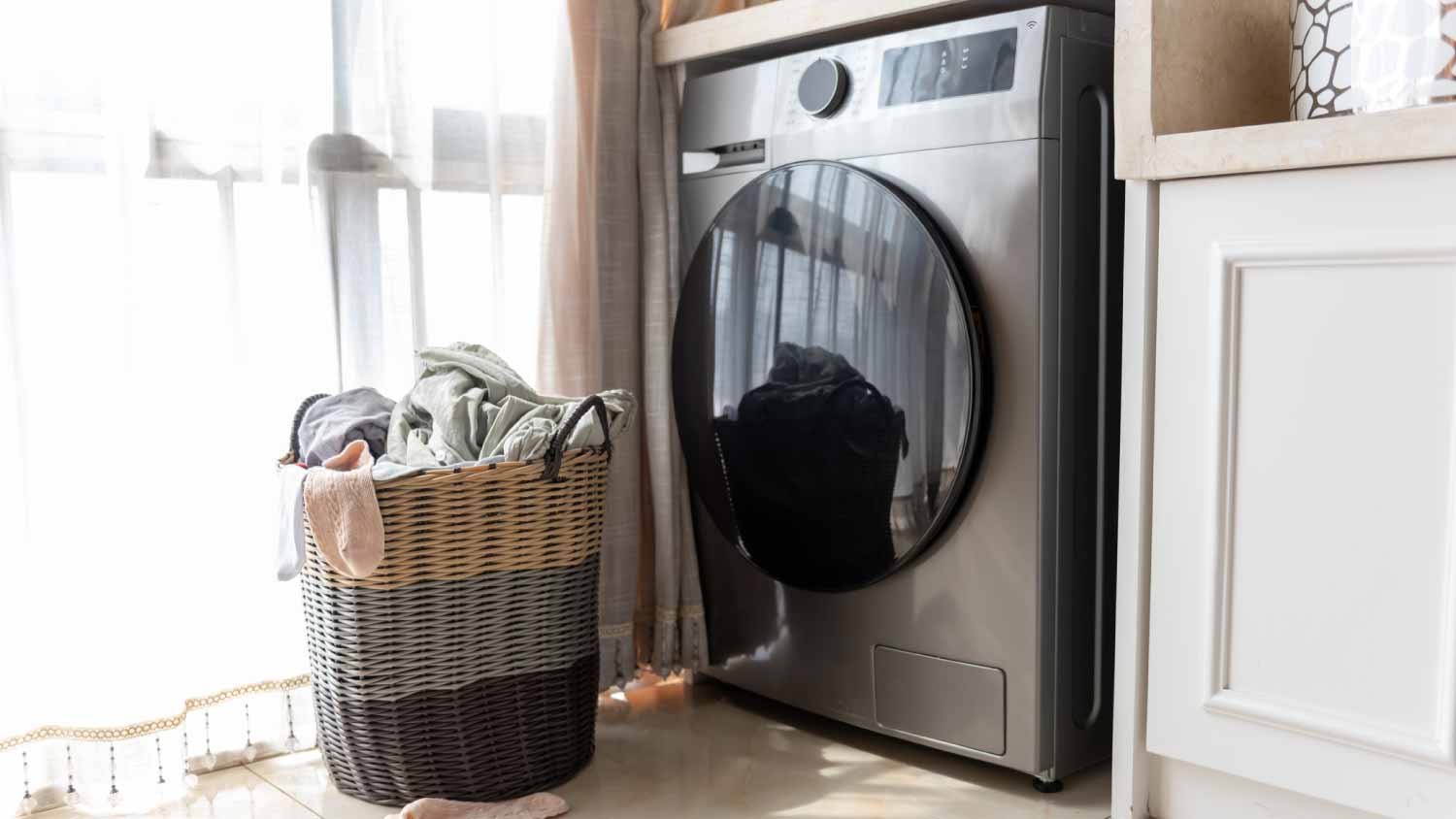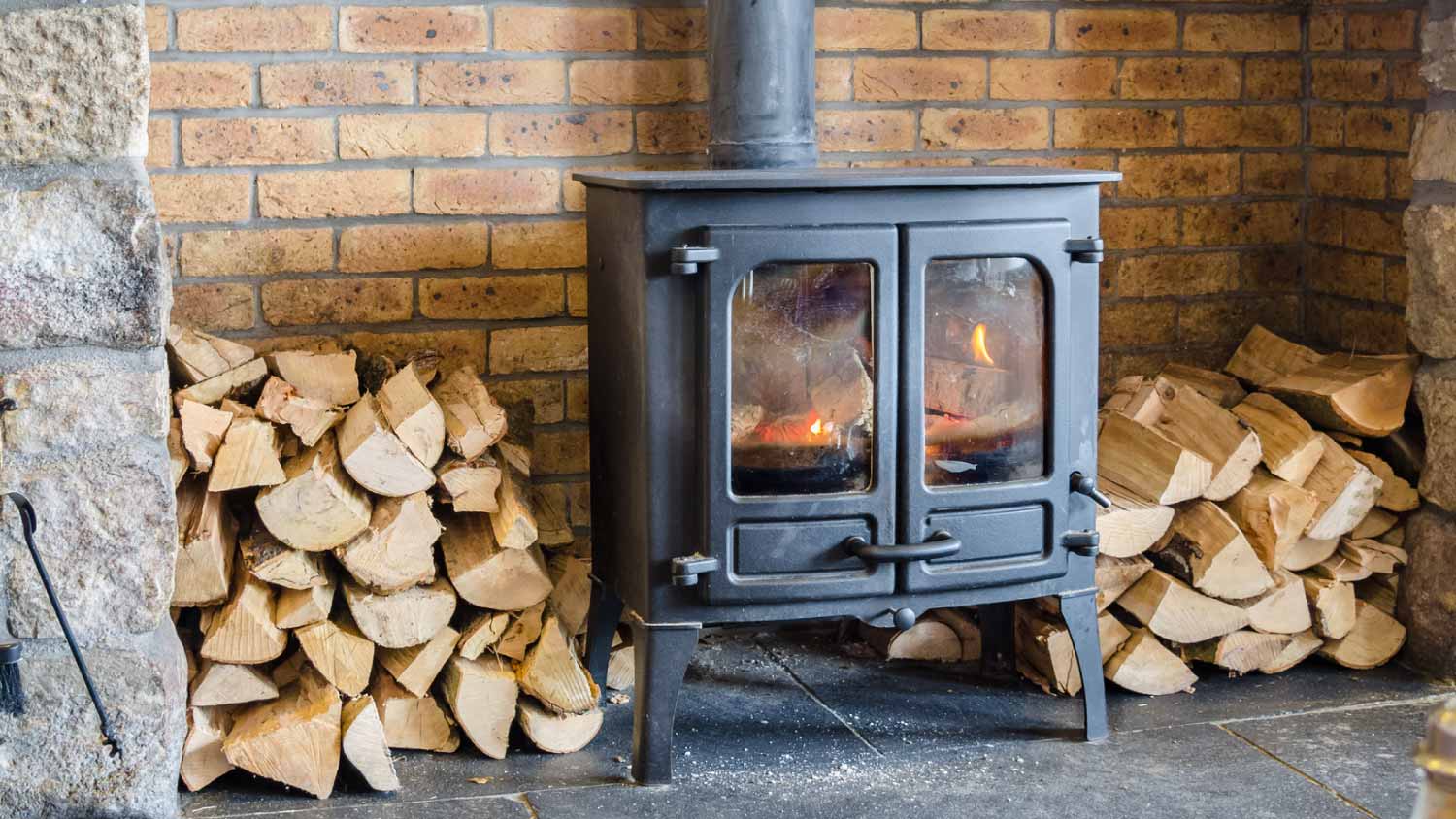Skip Costly Refrigerator Repairs With 6 Simple Tips
Avoid losing your cool by keeping up with routine refrigerator maintenance


A broken fridge might sound like a great excuse for eating all of that ice cream before it melts, but like most appliances around your home, your refrigerator needs routine maintenance. Keeping up with some basics can prevent your fridge from going on the fritz—saving you time, money, and a whole lot of aggravation in the process—and fortunately, you can knock out most of these tips in an afternoon. Considering that refrigerator repairs cost between $200 and $300, taking steps to avoid them can save your pocketbook.
How to Avoid Refrigerator Repairs
Performing routine maintenance on your refrigerator won’t guarantee that it never breaks. Still, it could extend both the life of your appliance and the amount of time that passes between repair calls. Before tackling any of these tips, turn off the electric source by either unplugging the appliance or flipping the circuit breaker.
1. Clean the Condenser Coils
Most fridges older than 2001 could benefit from routine condenser coil cleaning. These coils are what keep the food inside your refrigerator cool—so if you’ve noticed that your fridge isn’t as chilly as normal, a quick coil cleaning could be the solution.
You’ll find the condenser coils on the top of some older fridge models, but you usually can find them in the back. Once your appliance is unplugged, you can carefully wipe down the coils with a coil brush. Clean them every six months to a year, and more often if you have furry friends living at home whose hair could get caught in them.
If your fridge was manufactured after 2001, there’s a chance that your coils aren’t exposed. In that case, it’s best to have them cleaned by an appliance repair expert.
2. Clean the Condenser Fan
If you’ve ever wondered what the grate at the bottom of your fridge is for, it’s covering your condenser fan. The grate prevents dust, pet hair, and debris from getting sucked into the fan blades on your refrigerator. Nothing is perfect, though, and sometimes small amounts of debris sneak through and build up over time, making your fridge run less efficiently.
Cleaning your condenser fan is as easy as removing that grate and wiping down the fan blades. Once again, safety first; cut the power to the fridge before starting. Double-check your instruction manual to see exactly how the grate comes off (some easily snap off while others may require you to break out your toolbox and unscrew them from the unit). There can be plenty of buildup on the grate as well, so give it a thorough cleaning and vacuum up any dirt or pet hair.
3. Adjust the Thermostat

The best way to keep your refrigerator humming is to follow the Goldilocks rule. Like the girl in the fairy tale, make sure your fridge isn’t too cold and isn’t too hot. Choose a fridge temperature that’s just right. Setting your refrigerator at a chilly 40 degrees Fahrenheit is just cool enough to keep your food safe without pushing the system to the max.
4. Clear the Freezer Vents

You might not have noticed them before this moment, but there are a series of vents located inside of your freezer. Their job is to keep air circulating and all your ice cream from turning into a sweet, milky soup.
Ice buildup in your freezer can block the vents over time, so routinely check that they’re clear and remove any ice blockages. You can fight the freeze with a blow dryer as long as you’re careful not to get it wet.
5. Empty the Drip Pan
After you’ve tackled your freezer vents, all of that melted ice has to go somewhere. Most refrigerators come with a drip pan that catches ice melt or condensation from your fridge. Unfortunately, the water collecting in the pan can begin to smell over time and can leak—and you don’t want smelly, old freezer water spilling all over your kitchen floor.
Check your drip pan about every three months. Take a look at your manufacturer’s guide to locate it. They’re generally in the front, behind the grate covering your fan.
6. Wipe Down the Door Gasket
You know that satisfying thunk your refrigerator door makes when it closes? That’s thanks to the door gasket, the long rubber seal that runs the length of your fridge and freezer door. This liner acts as a seal to stop cold air from leaking out of the fridge when it’s closed.
Keeping your door gasket clean not only cuts down on messes and smells but can also extend the life of the gasket, so your fridge isn’t working too hard to chill your food. You can use a damp cloth or a mild detergent to clean the door gasket and check it for signs of wear and tear.
If you’re worried about the condition of your door gasket, do a quick test. Place a piece of paper or a business card in the door and close it, so the paper is half in the fridge and half out. Give it a light tug: if there’s resistance, your gasket is still in good shape. If it pulls out easily, it may be time to call in a local refrigerator repair pro to see if they can replace it.



.jpg?impolicy=leadImage)

- Appliance Repair Companies
- Washing Machine Repair
- Dryer Repair
- Refrigerator Repair
- Dishwasher Repair
- Oven Repair
- Wood & Pellet Stove Repair
- Freezer Repair Services
- Wood Stove Services
- Gas Stove Repair
- Emergency Appliance Repair Companies
- Ice Maker Repair
- Gas Appliance Repair
- GE Appliance Repair
- GE Refrigerator Repair
- GE Dryer Repair
- GE Dishwasher Repair
- GE Washing Machine Repair
- Samsung Appliance Repair
- Samsung Refrigerator Repair
- Samsung Dryer Repair
- Samsung Washer Repair
- Samsung Dishwasher Repair
- Samsung Oven Repair
- Whirlpool Repair
- Whirlpool Refrigerator Repair
- Whirlpool Washer Repair
- Whirlpool Dryer Repair
- Whirlpool Oven Repair
- Maytag Appliance Repair
- Maytag Refrigerator Repair
- Maytag Washer Repair
- Maytag Dryer Repair
- Maytag Dishwasher Repair
- Kitchenaid Appliance Repair
- Kitchenaid Oven Repair
- Kitchenaid Refrigerator Repair
- Kenmore Appliance Repair
- Kenmore Dishwasher Repair
- Kenmore Washer Repair
- Kenmore Dryer Repair
- LG Refrigerator Repair
- Bosch Appliance Repair
- Kenmore Refrigerator Repair
- LG Appliance Repair Services
- GE Microwave Repair
- Electrolux Appliance Repair
- Electrolux Washer Repair
- Kitchenaid Dishwasher Repair Services
- Wood Stove Inspection
- Dishwasher Installation
- Trash Compactor Repair










